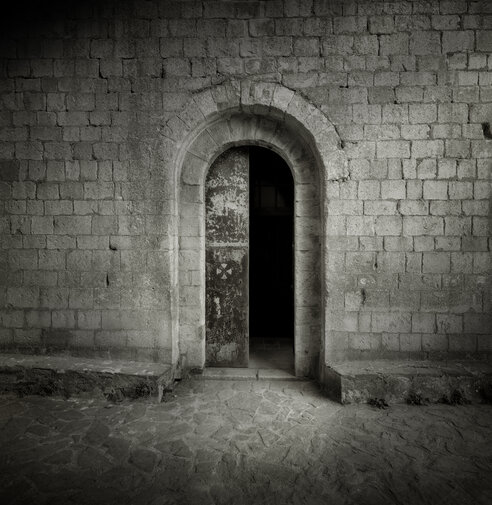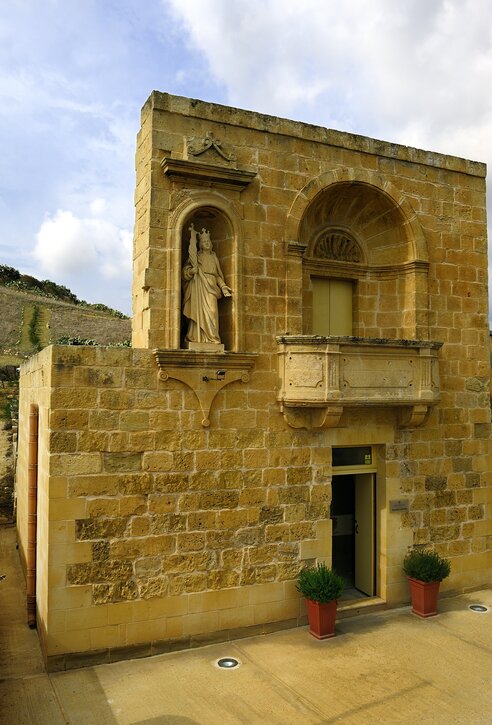Lesson Overview
Through this lesson, students will compare reading to traveling. The goal is for students to better understand how different authors in different eras wrote about and responded to their societies. Using visual literacy activities, students will explore the skills readers need to develop to understand a work of literature from an author’s point of view. These activities will counteract the tendency to look at literature only from a contemporary point of view. With the metaphor of windows, mirrors, and sliding glass doors in their minds, students will read and write about 2 essays written during 2 different time periods. They will have the opportunity to synthesize their thinking with a writing prompt that asks them to clearly articulate their viewpoint, guided by a well‐developed thesis.







